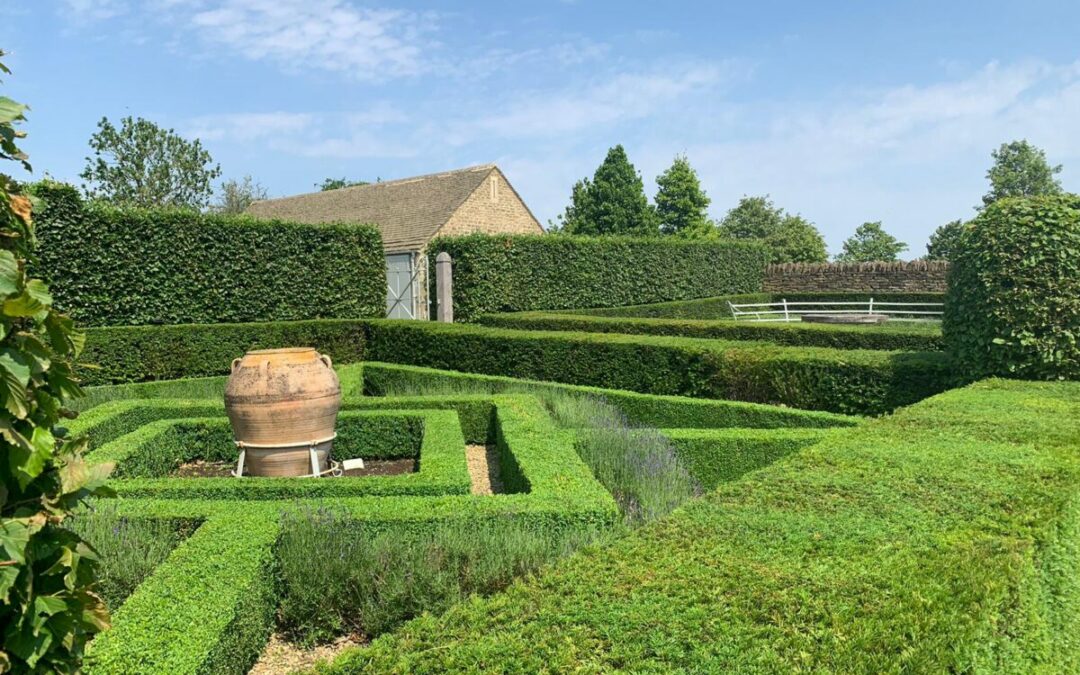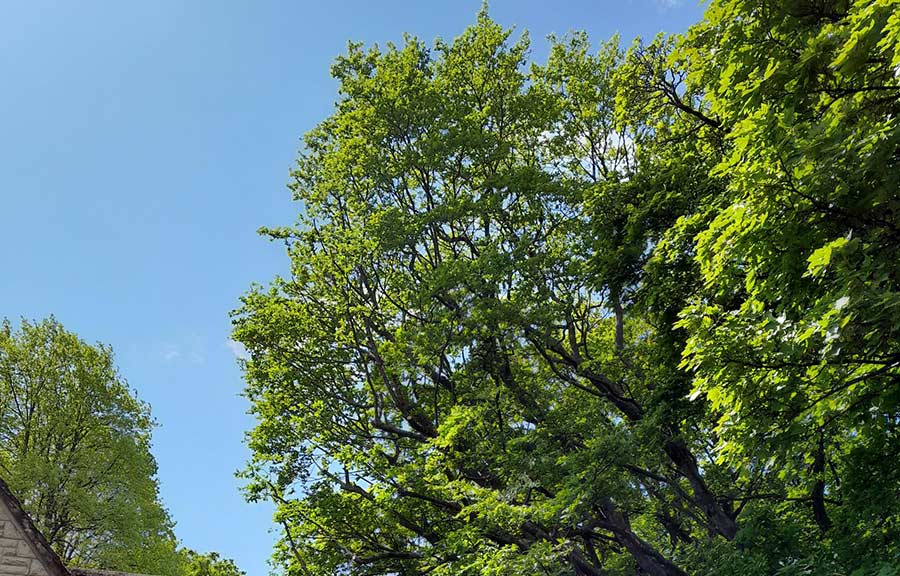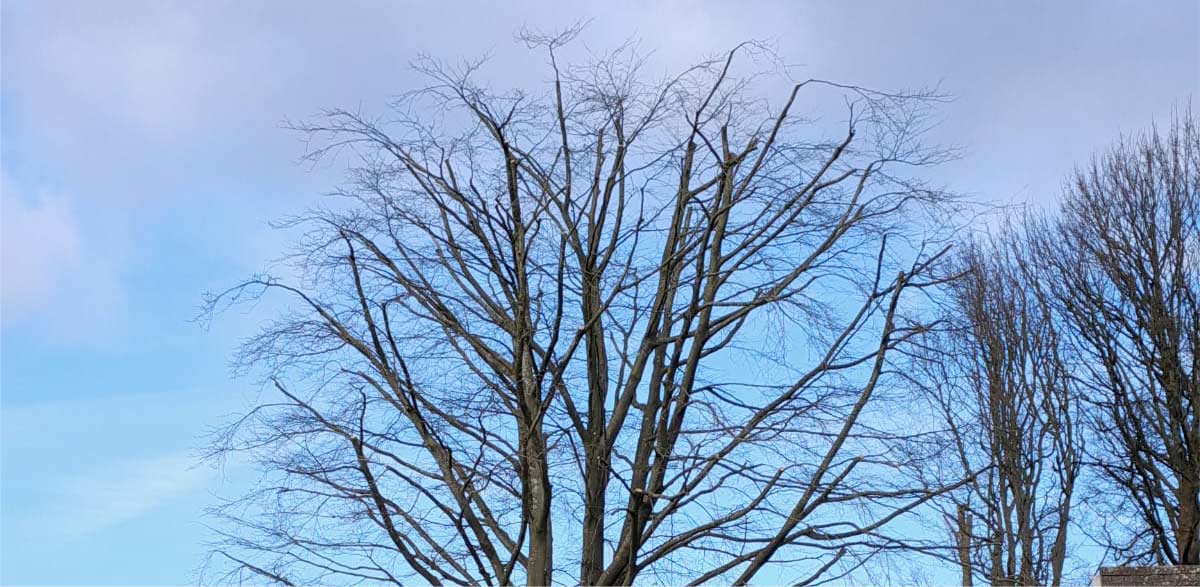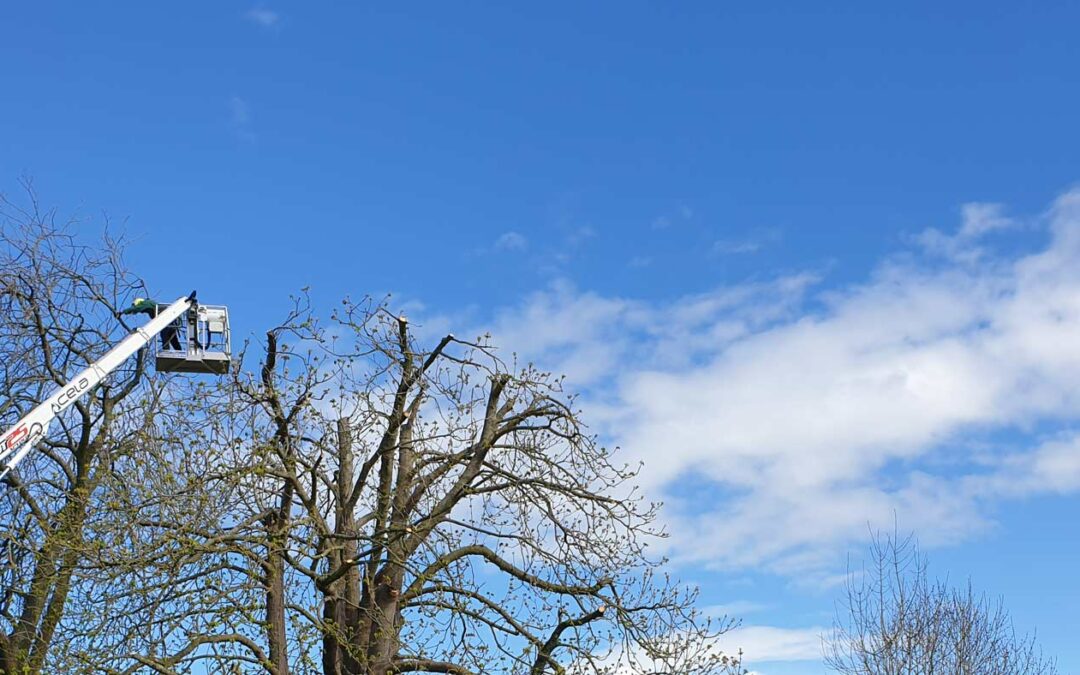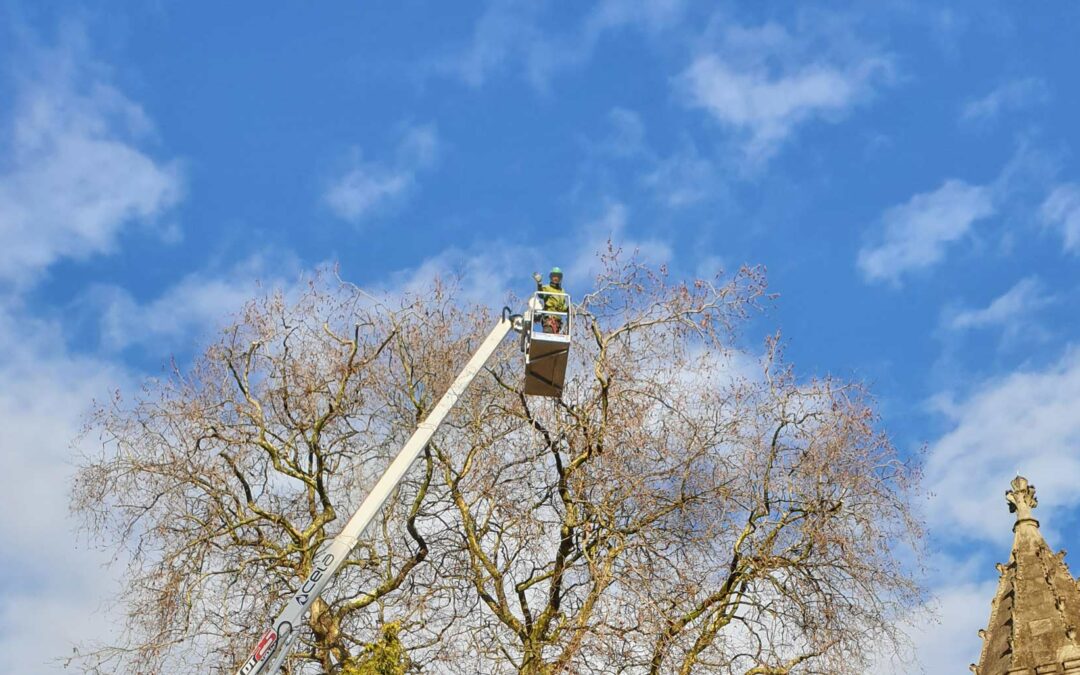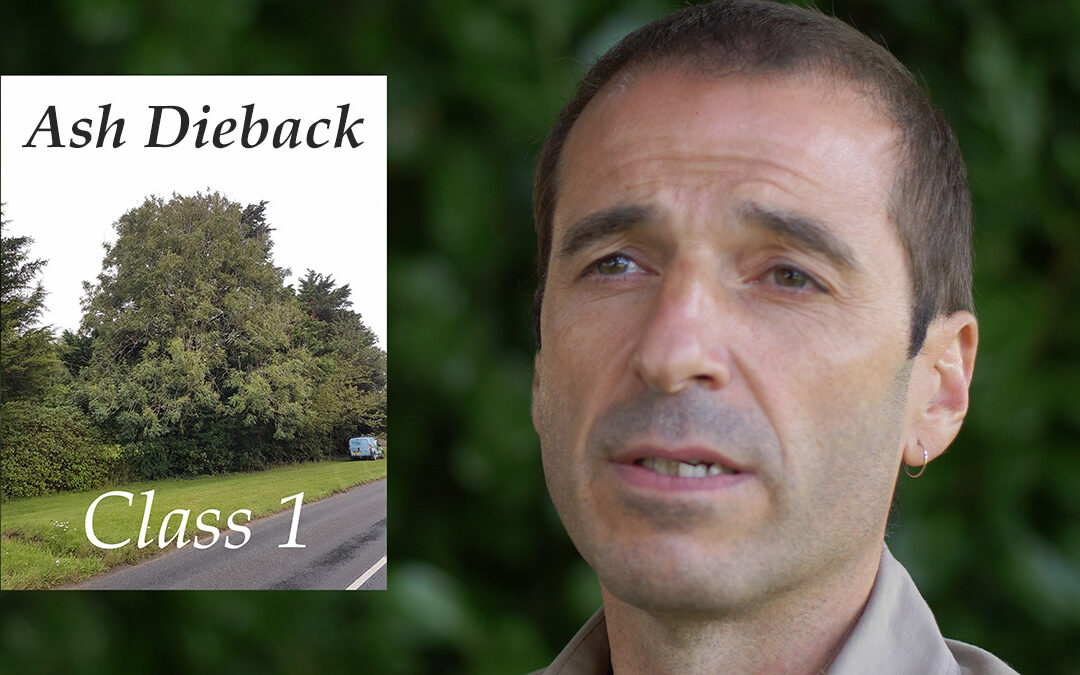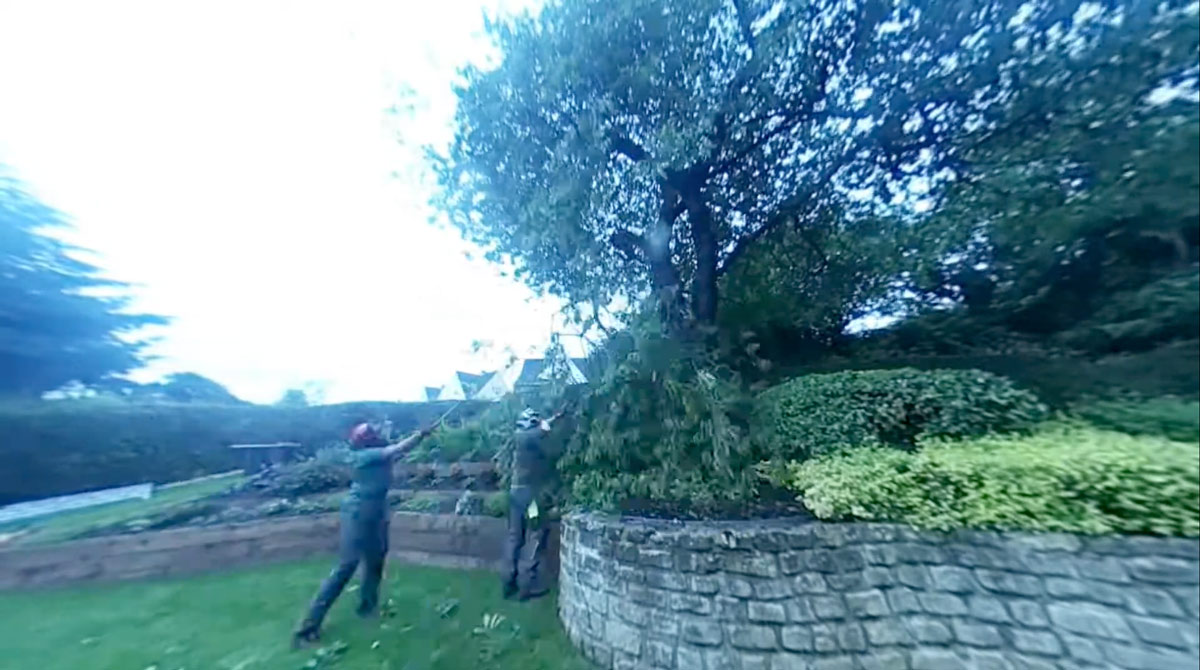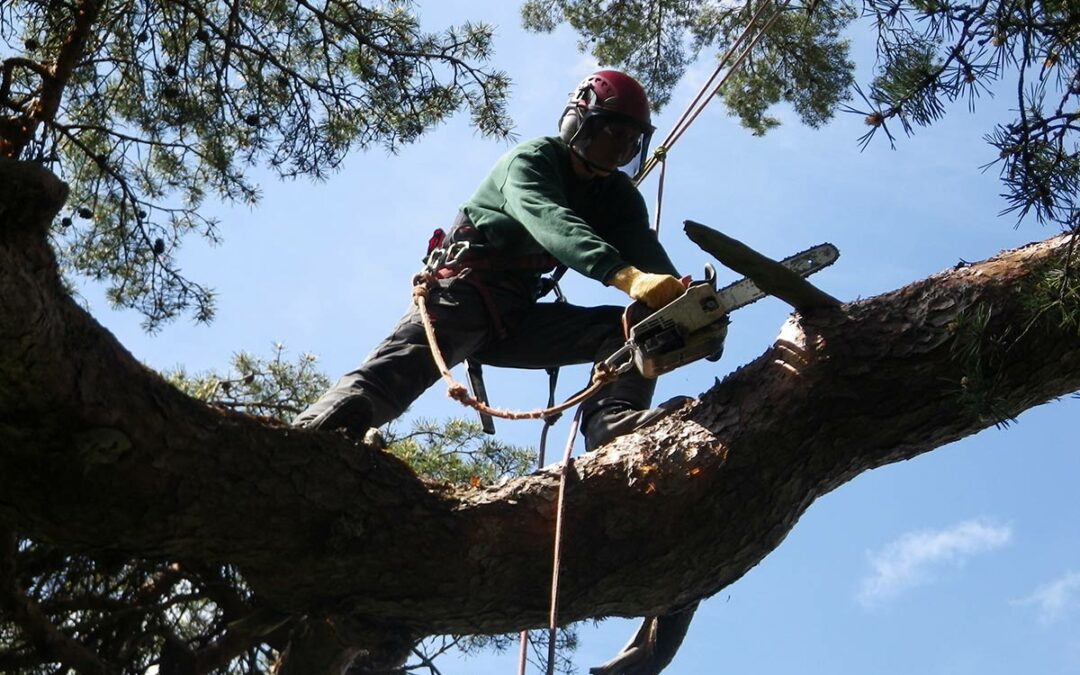Floods and storms effect trees in many ways, their effect is greatly influenced by many factors such as wind speed, wind direction, rain intensity and duration, location, water type tree species, age and health.
Trees can adapt to changing conditions but this adaptation is slow and may take many decades to occur.
Storm damage can be very different to flood damage and one can occur without the other, although they will often happen together. For the purpose of this article I will deal with them separately first.

River Swale in flood at Topcliffe
Floods
Floods occur naturally in many parts of the world and the trees and shrubs that are native to these areas have adapted to cope with having their roots submerged for prolonged periods of time. The problems start when either we introduce new species to these areas that have no flood adaptation of areas previously not prone to flooding, flood.
When soil becomes waterlogged its ability to sustain plant life starts to decline very rapidly.
- Firstly the water replaces the available air, starving the roots of vital oxygen, this can happen in less than 3 hours! Causing the fine root hairs to die, seriously reducing the trees ability to take up water and nutrients once the waters levels have fallen.
- The lack of oxygen leads to a build up of harmful gases resulting in the death of larger roots, which may effect the stability of the tree over time.
- The soil structure starts to deteriorate, clay particles loose their stickiness, reducing its ability to grip the trees roots. This along with the loss of root mass leaves the tree more liable to failure at the root plate. Saturated soils become more prone to compaction damage which can occur to a greater depth
- The pH of acid soils increase and the pH of alkaline soil decrease. This will inhibit the availability of certain minerals and nutrients if the tree starts to recover.
Flooded soils can have an immediate and long-term effect on the health and longevity of trees these generally worsen the longer they persist.
Flood waters can also bring with them sediments and sand which locally increase ground levels. A build up of as little as 75mm of this material over the rooting area can cause the tree to decline, even if the flooding was short lived. Fast flowing floodwater can wash away soil and uproot trees or carry objects, which physically damage the tree.
Flood stress in trees manifests itself in many ways and is not always immediate.
Signs of a flood stressed tree
- Reduced leaf size on new growth.
- Leaf chlorosis (yellowing).
- Epicormic growths from the branches or stem.
- Crown die back.
- Defoliation or not flushing with new leaf in spring.
- Early autumn colour change followed by early leaf fall.
- Prolific seed crop (or mast) the year following the flood.
Caring for a flood stressed tree
- The aftercare a tree receives can make a big difference to its chances of not just survival but also the quality of the tree you are left with. If you are going to be left with a poor quality sickly tree it would probably be better to remove it and replant (choosing a flood tolerant species if you think the area may be prone to further flooding).
- Remove any sand or silt build up back to the normal soil level (or cover exposed roots with good quality topsoil).
- Improve the soil structure and drainage, this may need professional equipment for numerous or large trees.
- Incorporate composted, organic material into the upper layer of soil to improve soil structure being careful not to damage any roots, professionals will often use an air spade to for this.
- Apply a layer of composted, organic material as mulch, this will conserve moisture during dry periods and also be incorporated by worms improving the soil structure over time.
You should avoid the temptation to add fertiliser unless soil analysis indicates the need for a particular element, as the taking up the fertiliser is a very energy hungry process for the tree. This could mean the good intention has the opposite effect to the desired one Trees that are so badly effected or dead as a result of flooding should be removed, however flooding may result in delayed leaf flush so it is always worth giving it time as it may flush later in spring or early summer.
Stressed trees are more susceptible to colonisation by secondary organisms. Secondary organisms include a wide variety of opportunistic bacteria, fungi and insects. Therefore the quicker the tree gets back to good health the better as it reduces the opportunities for these secondary organisms to become established and cause further harm.
The battle to help the tree back to health and good vitality may have to continue for several years with regular assessment and further remedial work carried out on a regular basis.
Trees in made or urban environments can certainly benefit from proactive tree care and soil management. Such work would significantly improve and maintain tree vitality making them more resistant to both natural and manmade events.
Storms
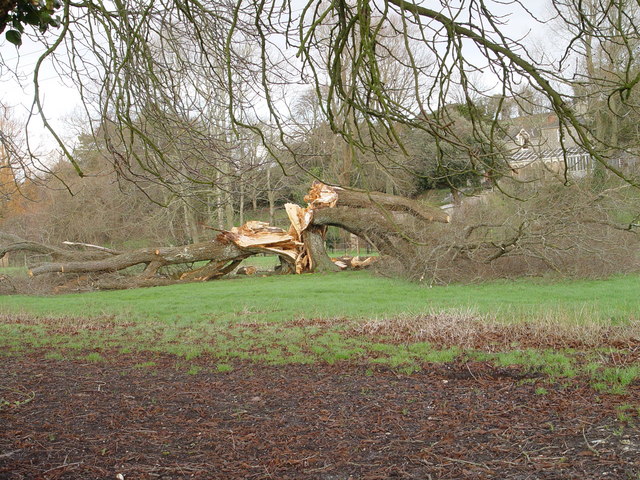
Storm damaged tree
Storm damage happens to trees when the forces exerted by the storm force winds exceed the structural strength of the tree or tree part, the exception to this being lightning strikes. Most effects of storm damage are very obvious due to their destructive nature, with large parts being torn off or whole trees snapped or uprooted.
In certain conditions less obvious storm damage can occur, stems and limbs can be fractured but remain intact, trees can be partially uprooted but not fall over, broken branches can be lodged within the crown waiting to fall later long after the storm has passed. The partial uprooting of a tree is more likely to happen when the ground is water logged or following a flood due to either softening of soil, loss of root mass (as explained above) or root breakage.
Lightning strike to trees can result in large bark wounds, loss of vitality or total destruction depending on the species and weather conditions at the time of the strike. Once a tree has been subject to a lightning strike little can be done to improve its chances of survival. Lightning is very unpredictable but it is possible to protect very tall, high value trees with lightning conductors.
Thankfully major storm damage to trees are reasonably infrequent. Expert, careful and proactive tree management can reduce the risk of future damage. This proactive work can be cost effective as it can be directed to those trees of greatest value and at highest risk, it can be planned and scheduled to suit the tree owner and may avoid costly emergency call out fees.
Although last winter was extreme compared with other winters, climate change is likely to result in an increase in such weather events in the future. If our trees are to survive, remain in an acceptably safe condition and continue to provide very many benefits we take for granted proactive tree inspection and management will need to be considered more fully.
Tree Maintenance Limited are able to provide comprehensive assessment and advice on tree care and management. Our highly qualified, trained and experienced consultants can assist all tree owners to ensure their trees are healthy and safe condition. Should works be required we can provide competitive quotes to ensure works are completed to the highest standards.
Although trees do occasionally fail, the risk from falling trees is very low compared with other risks readily accepted in everyday life. The Health and Safety Executive“ Reducing Risks Protecting People” states that
Each year between 5 and 6 people in the UK are killed when trees or branches fall on them. Around 3 people are killed each year by trees in public spaces. Thus the risk of being struck and killed by a tree or branch falling is extremely low (in the order of one in 10 million for those trees in or adjacent to areas of high public use). However the low level of overall risk may not be perceived in this way by the public, particularly following an incident.
The average risk is firmly in the “broadly acceptable” region of the tolerability of risk triangle”. Tree Maintenance can assist tree owners in assessing the level of risk posed and give proportionate advice to manage this risk in a reasonable and defensible way.

